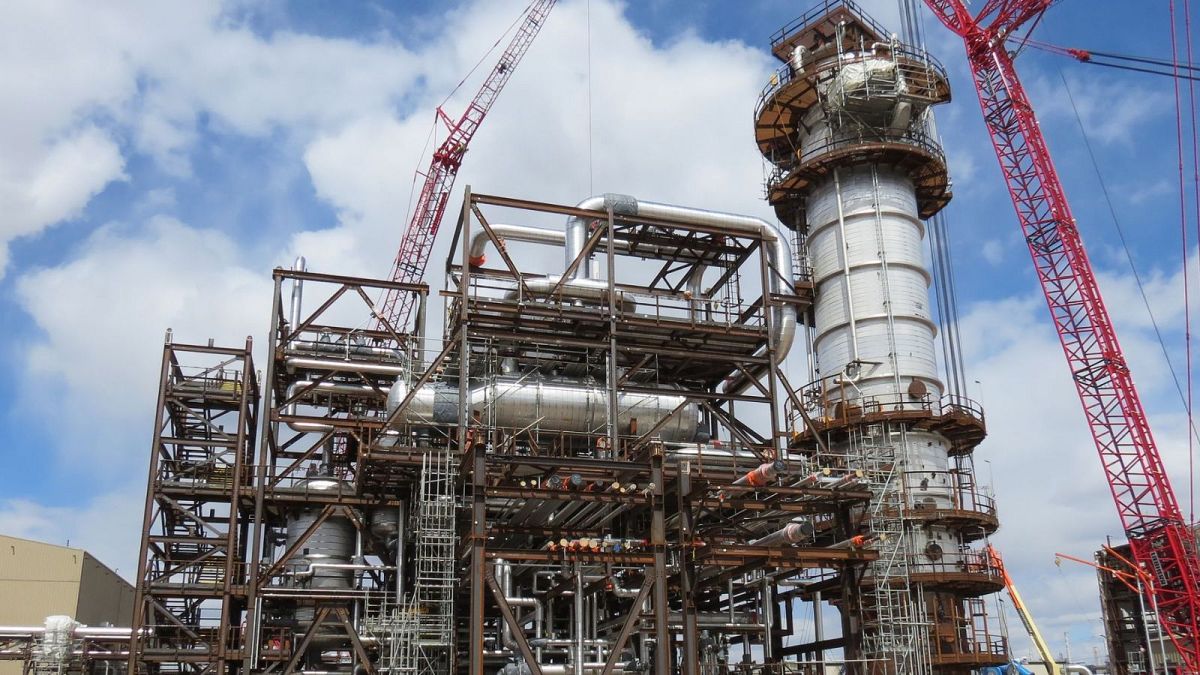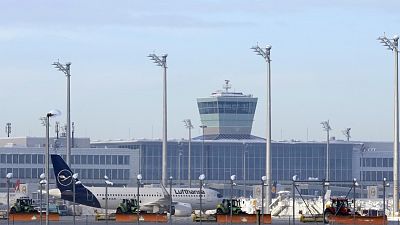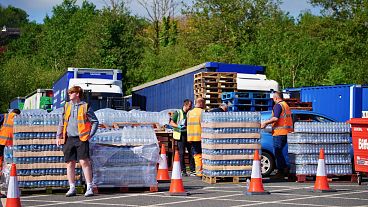Canadian taxpayers covered 93 per cent of the costs of the Quest carbon capture project, a Greenpeace report reveals.
A Shell-operated plant in Canada reported millions of ‘phantom’ carbon credits based on emissions savings that never happened, according to a new investigation.
The fossil fuel giant struck a deal with the Government of Alberta that enabled it to register carbon credits at twice the volume of CO2 emissions avoided by its Quest carbon capture facility.
On the carbon market, tradable credits are typically equivalent to one tonne of CO2. But as a result of the subsidy scheme, Shell Canada was able to register 5.7 million credits that were not linked to any real world reductions.
Some of these were then sold on to Canada’s biggest oil sands companies, including Chevron, ConocoPhillips and Imperial Oil.
Greenpeace Canada’s new ‘Selling Hot Air’ report explains how this legal but climate-wrecking operation worked.
What are carbon credits and how could Shell sell phantom ones?
Carbon capture and storage (CCS) is presented by the fossil fuel industry as a technical solution to how we can continue using their products while averting the worst of the climate crisis.
CCS facilities aim to prevent the CO2 produced from industrial processes being released into the atmosphere, typically by storing it underground.
The problem is they’re not able to deal with pollution on anything close to the scale required, and campaigners fear it's just the latest example of fossil fuel companies trying to eke out business-as-usual for a while longer.
Revelations like those in Selling Hot Air will add to those concerns.
In 2008, Shell lobbied the Alberta provincial government to subsidise its Quest CCS facility near Edmonton city, the first and so far only one in the oil sands industry.
Freedom of Information documents obtained by Greenpeace show these negotiations included the two-for-one deal. Shell benefited from this between 2015 to 2021, before the subsidy was phased out in 2022.
By this point, Shell had been able to register 5.7 million credits that had no equivalent CO2 reductions.
Chevron, Canadian Natural Resources, ConocoPhillips, Imperial Oil and Suncor Energy were among the largest buyers of the credits, which are meant to compensate for their own emissions en route to ‘net zero’.
“Selling emissions credits for reductions that never happened is the worst kind of hot air, because it literally makes climate change worse,” says Keith Stewart, Greenpeace Canada’s senior energy strategist and author of the new report.
“The false promises and phantom emissions surrounding this project are a powerful illustration of why Canada needs a legislated cap on greenhouse gas emissions from the oil and gas sector.”
How much CO2 is Shell’s Quest site actually saving?
Alberta's oil sands has the fourth-largest proven oil reserves in the world after Venezuela, Saudi Arabia and Iran, according to the Alberta government.
The royalties it gets for allowing companies to extract the oil amounted to nearly $17 billion CAD (€11.5 bn) in 2022-23. So it’s not surprising that the government is also heavily invested in CCS technology, and has announced ambitious targets for it.
Alberta’s 2008 climate plan called for 30 million tonnes of carbon capture by 2020 and 75 million tonnes by 2030.
But the Quest CCS project - owned by Canadian Natural Resources, Chevron and Shell Canada - only managed to avoid less than 1 million tonnes of emissions in 2022, according to Greenpeace.
Meanwhile, greenhouse gas emissions from the oil sands have increased by 50 million tonnes since Shell started design work on the project in 2005 and by 16 million tonnes since its first full year of operation in 2016.
Alberta’s environment ministry told the UK’s FT newspaper that the crediting support scheme had not resulted in “additional emissions” by industrial polluters.
The report also finds that when the value of phantom credits is added to the $777 million Canadian dollars (€527 mn) in direct subsidies granted to Shell by the provincial and federal governments so far, Canadian taxpayers covered 93 per cent of the costs of the Quest project.
“This was all legal, but that doesn’t make it right,” adds Stewart. “Those who have polluted and profited the most must be held accountable.
“We need oil companies to start phasing down production, while financially supporting the most vulnerable people, communities, and countries in their transition to clean, renewable energy.”
A spokesperson for Shell says, “Shell and the joint venture agreed to an innovative mechanism to make investment in the Quest CCS project viable, so that we and the Government of Alberta could see this important proof of concept built. The incentive involved the use of double carbon credits, but only until the project costs broke even.”
This article has been updated to reflect the fact that the additional credits that Shell earned were only used to meet its own environmental obligations in Alberta, and that Shell itself did not sell them to other companies.



